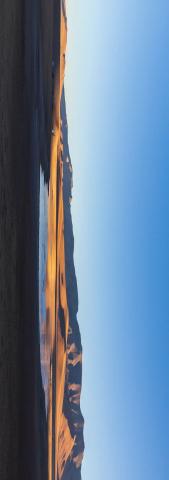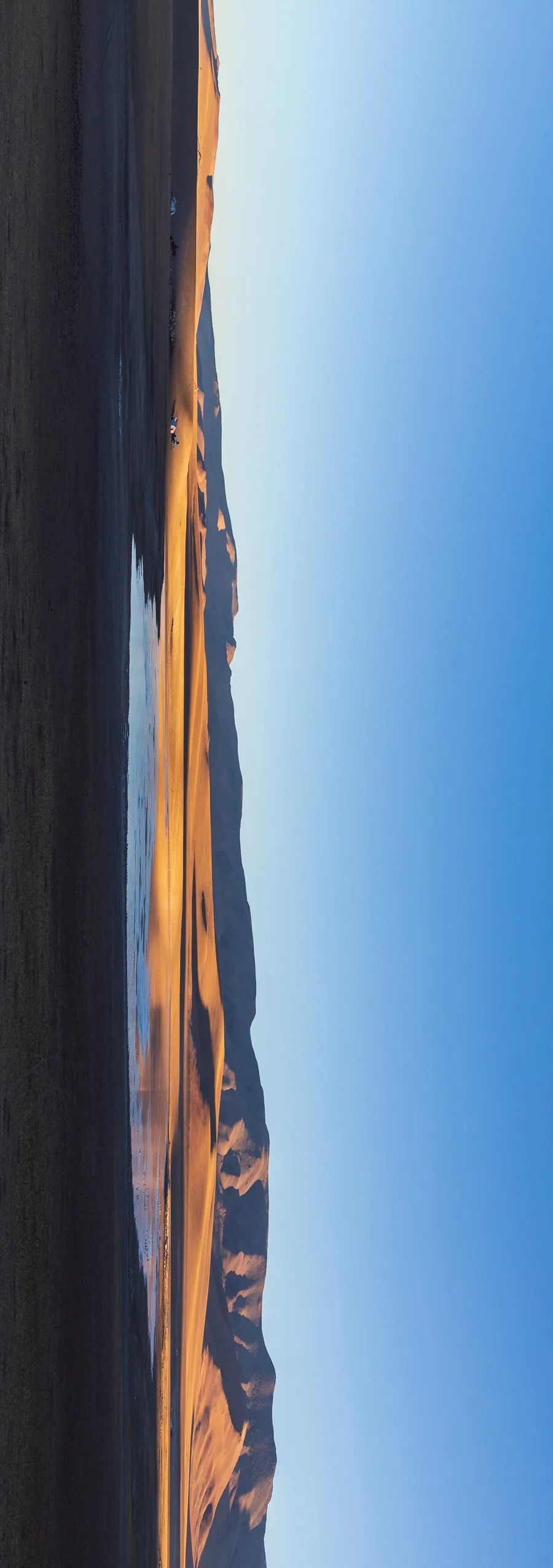
Departing at 9 o'clock in the morning, Lao Narongcuo (elevation 4831 meters) next to Renduo Township has very good morning light. There are still 100 kilometers of bad roads today, and I don’t have a spare tire now, so I drive much more cautiously.

Lao Narongtso



There is a beautiful plateau wetland on the way to Yare.



There are still lakes and Tibetan wild donkeys accompanying you from time to time.






Unexpectedly, the road from Renduo to Yare was much better than the previous two days. It was very smooth and we arrived at 11:30 (County Road big).

Yare Township Street

Lunch restaurant interior

Tibetan heater
At this point, the hundreds of kilometers of difficult dirt roads from Wenbu Nancun, Cuoqin, Pajiang, Renduo and Yare on our Central and North Ali Line are over. There are beautiful scenery and pain along the way. It is said that the eyes are in heaven and the body is in hell. I don’t dare to say whether it’s worth it or not. Everyone’s experience is different, so their opinions may be different, but after all, we have experienced it seriously.
Tips Some tips for the North-Central Line in this section:
1. Gas stations: only available in Bangor, Cuoqin and Yare.
2. Accommodation: There are many accommodations in Bunbunan Village, Cuoqin, Renduo Township, and Yare, but there is only one in Pajiang. Coqin good hotel can take a bath, other difficulties.
3. Road conditions: There are mountain roads, gravel roads, and sand roads. Some sections of the road also cross rivers. It is easy to puncture tires and get stuck. Moreover, it is not easy to get rescue due to various reasons such as no signal, long distance, and insufficient rescue capabilities. This time we happened to be in the dry season, so we basically did not encounter the challenge of crossing the river, but it would not be possible if it rained.
4. Signal: There is signal only when you go to the village. There is no signal elsewhere and you cannot contact the outside world.
5. It is best to ride bicycles in groups. If you really don’t have a companion, it is best not to leave the main road.
We set off from Yare to Gar County (Shiquanhe Town), the capital of Ali, at 1 pm. The road surface returned to asphalt. After two and a half days of rough road, I felt extremely happy.

Wrong measure
The journey involves climbing over mountains with an altitude of more than 5,200 meters.

A place far away from the main road


It is still a kingdom for many wild animals.












We arrived at Shiquan River before dusk.


Shiquanhe Town is the seat of the Administrative Office of Ali Prefecture in Tibet. It is the political, economic, cultural and transportation center of Ali and is named after the Shiquan River on which it is located. Shiquan River is the free translation name of the Tibetan language "Senge Zangbo". It originates from Kangbale Village, Geji Town, Geji County, at the northeastern foothills of the Gangdise Mountains. The source topography is shaped like a lion's mouth, with hot springs flowing from the lion's mouth. It gushed out, hence the name. The Shiquan River is the mother river of the Ngari region, with its source at an altitude of 5,164 meters and a river length of 430 kilometers. It is also an important international river and the headwaters of the Indus River. Shiquanhe Town is located in the wilderness of the Gobi Desert. The long Shiquan River flows through the town like an auspicious Hada. To the north is the Xinjiang-Tibet Highway leading to Ritu County and Xinjiang.
After settling into the accommodation, I immediately went to get a new tire as a spare tire to solve the safety hazard. The punctured tire was confirmed to be unusable.
Day22 Shiquan River-Pangong Lake, 150 kilometers, 2 hours
After a good sleep, I felt refreshed. The altitude here has dropped to 4,200 meters, which is a piece of cake for people like us who have been wandering around 4,700 meters above sea level.
At noon, I ate the local Tibetan chicken in a stone pot by the Shiquan River. The steam was steaming, and the gurgling warm current poured into my stomach, making me full of blood and resurrected.

The quietly flowing Shiquan River

At 2:30 in the afternoon, we decided to go to Pangong Lake (Pangong Tso) to have a look. In this situation, we should check in, hehe!
Bangong Lake is a 2-hour drive from Gar County, and animals occasionally appear along the road.


There are currently very few tourists in Pangong Lake, and boat tours have stopped, so we just walked around and had a look. The scenery is beautiful, but aerial photography is a must during special times.






The lake water is extremely clear, and the ancient saying "The water is extremely clear, there will be no fish" is not applicable here.







Further forward is the direction of Xinjiang




There are many water birds inhabiting Pangong Lake.


We also discovered the black-necked crane, which we had not seen since entering Tibet this time.

The black-necked crane is a national first-level protected animal and is known as the precious "bird panda". It mainly inhabits plateaus, meadows, swamps and reed swamps at an altitude of 2500-5000 meters, as well as lakeside meadow swamps and river valley swamps. It is a crane that lives in plateau freshwater wetlands. It is the only crane in the world that grows and breeds on plateaus. It is said that Tibetan compatriots not only regard it as a "divine bird" and use its cry to predict weather changes, but also regard it as a "miraculous doctor". When someone breaks a bone, they draw a picture on the eggs in its nest. The black circle makes the female bird mistakenly think that the egg is about to crack, so she will bring a "bone stone" from a distance and place it in the nest to prevent the egg shell from cracking. People can cure fractures by secretly taking this "bone stone" away. The legend may be a little untrue, but in short, the black-necked crane is very sacred. The black-necked crane is the only growing population among the current nine crane species in my country. In July 2020, the World Conservation Union removed it from the list of threatened species, and the endangerment level was adjusted from "vulnerable" to "nearly endangered". is good news.



Return to Shiquan River as the sun sets.


At this point, our trip to the Central and North Ali Line has come to a successful end. During the week before and after, I saw the blues I had never seen before, and suffered from the bumps of the "washboard road" and "shell craters"; I saw the beautiful scenery of "making mistakes again and again", and also played A true off-roader. Pain and happiness, rich feelings, this is the joy of travel!
Next issue: Ali South Line-Zada
